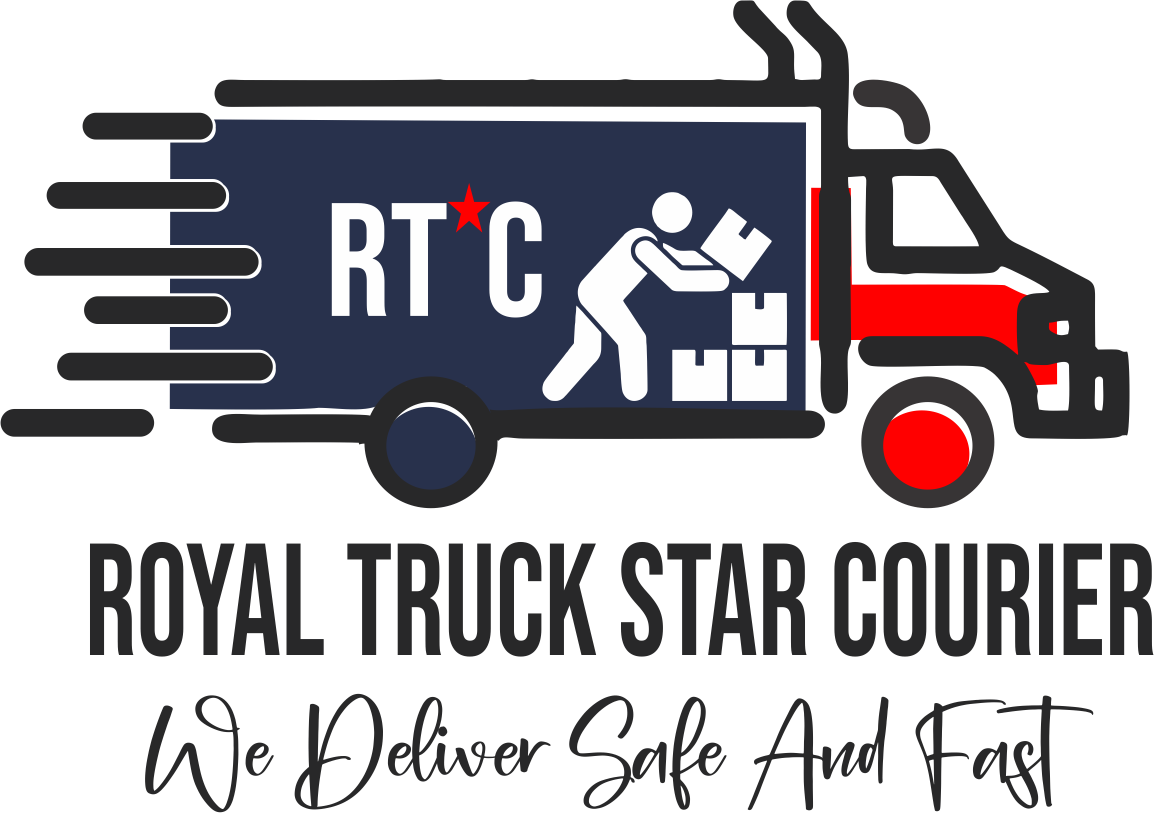Introduction: Why rural delivery matters for Kenya's e‑commerce boom
Kenya's digital economy is expanding fast. From Nairobi to remote county towns, consumers expect the convenience of online shopping, same‑day and next‑day delivery, and trustworthy cash‑on‑delivery options. But delivering reliably in rural Kenya is complex. Poor roads, sparse addresses, low parcel density and cash handling risks all add cost and delay. In this post we unpack rural delivery challenges and practical, Kenya‑focused solutions that logistics teams, e‑commerce platforms and sellers can implement today.
Key rural delivery challenges in Kenya
Poor and seasonal road infrastructure
Many rural routes in Kenya are unpaved or impassable during the long and short rains. Travel times become unpredictable, vehicle maintenance costs rise, and some villages become inaccessible without specialized transport.
Low parcel density and high per‑delivery cost
Unlike urban routes where multiple deliveries fit into one trip, rural areas often have few orders per trip. That raises cost per parcel and strains profitability for same‑day and next‑day promises.
Unstructured addressing and locating customers
Many Kenyan customers use landmarks, community names or mobile phone directions instead of formal street addresses. This increases first‑attempt failure rates and time spent locating homes.
Cash on delivery and reconciliation risks
COD remains popular in Kenya. Handling cash across long rural routes increases theft risk, reconciliation errors and settlement delays for merchants.
Limited payment and digital literacy
While M‑Pesa penetration is high, not all rural customers prefer or can use digital payments. That creates friction for contactless delivery and returns.
Practical solutions: What works in Kenya
Overcoming rural challenges requires a mix of operational design, technology and local partnerships. Below are proven strategies Royal Truck Star Courier and other logistics leaders use successfully.
1. Hub‑and‑spoke with micro‑warehousing
Create county or sub‑county micro‑fulfillment centers at accessible hubs (terminals, town centers, partner shops). Move bulk inventory from central warehouses to these spokes to enable consolidated routes and faster deliveries. For example, a Kisumu or Kitui hub can serve surrounding villages with daily runs rather than long cross‑county trips.
2. Vehicle and rider mix tuning
- Use a mix of vans for trunk routes and boda boda or motorcycle riders for final‑mile access to remote homesteads.
- Deploy high‑clearance pickup trucks during the rainy season to reduce failed attempts.
3. Local agents and community pick‑up points
Set up delivery points at trusted local shops, community centers, or chamas. Customers pick up within walking distance, increasing success rates and cutting per‑parcel cost. Agents can also handle cash and returns, acting as micro‑fulfillment partners.
4. Smart routing, batching and predictive delivery
Use route optimization that accounts for road conditions, weather and parcel priority. Batch deliveries to villages on scheduled days (e.g., Tuesday for Kitui East), so customers know expected windows and drivers make efficient stops.
5. Geocoding, mapping and customer communication
Collect precise GPS coordinates at order time, allow customers to drop pins in checkout, and use WhatsApp or SMS with live links. Clear delivery windows, driver names and vehicle numbers reduce failed attempts and improve customer trust.
6. Reduce COD friction with hybrid payment models
Encourage pre‑payment with small incentives (discounts, free returns) and offer hybrid options such as mobile money at pickup points or agent‑collected payments. Implement robust cash reconciliation processes and real‑time accounting to minimize leakage.
7. Partnerships with local governments and community leaders
Coordinate with county governments on road maintenance windows, and partner with community leaders to set up safe parcel lockers or collection days during market days when foot traffic is high.
Real‑world examples and case studies from Kenya
Example 1: Micro‑hub in Kitui (pilot)
Royal Truck Star Courier ran a pilot micro‑hub in Kitui town that aggregated orders from surrounding villages. By scheduling two consolidated deliveries per week and using boda boda riders for final miles, the pilot reduced per‑parcel delivery cost by 30% and improved first‑attempt success rates by 45%.
Example 2: Boda boda network in rural Kisumu
Partnering with local boda boda associations allowed coordinated deliveries during dry and wet seasons. Riders used WhatsApp location pins and payment via M‑Pesa. This approach enabled reliable next‑day service to areas previously inaccessible to vans.
Example 3: Community pick‑up at market days in Meru
Aligning delivery collections with weekly market days meant customers could pick parcels while doing other errands. That increased parcel collection rates and reduced return trips.
Actionable checklist for logistics teams and e‑commerce sellers
- Map parcel density by county and create micro‑hubs where demand justifies it.
- Collect GPS coordinates during checkout and train customer service to confirm locations.
- Mix vehicle fleets: vans for trunk, motorcycles for last mile, 4x4s for rainy seasons.
- Set up agent networks and community pick‑up points to lower costs and cash handling risks.
- Use API integration for real‑time tracking, route optimization and automated customer notifications.
- Offer incentives for prepayment and clear COD reconciliation workflows.
Conclusion: Turning rural delivery into an advantage
Rural delivery in Kenya is challenging but far from impossible. With the right combination of micro‑warehousing, vehicle mix, local partnerships and technology—especially API integration, real‑time tracking and mobile payments—logistics providers can deliver reliably and profitably. Royal Truck Star Courier’s county‑wide operations and technology toolkit are built to solve these exact issues, helping merchants expand reach into all 47 counties.
Ready to improve your rural delivery performance? Contact Royal Truck Star Courier to discuss API integration, micro‑hub design, and tailored last‑mile solutions that scale across Kenya.
